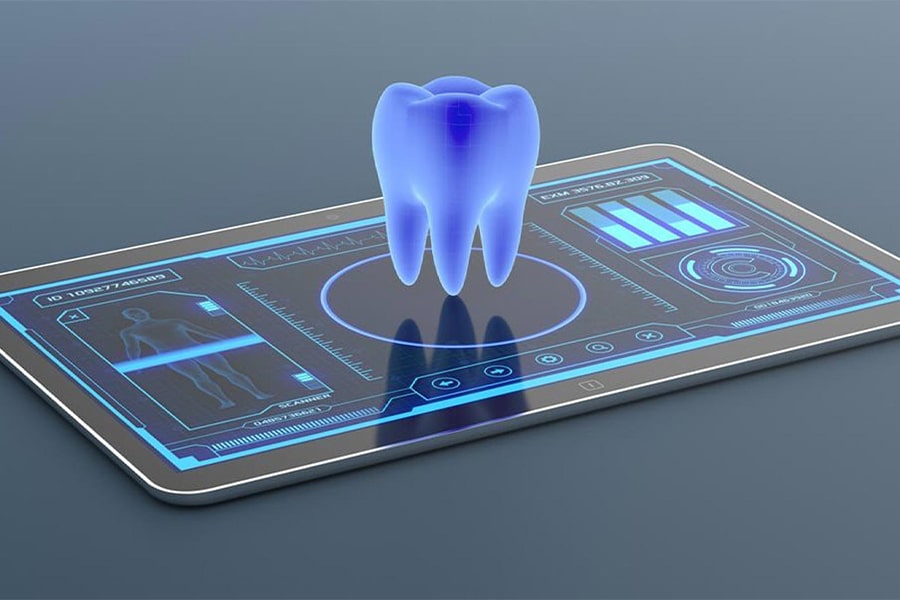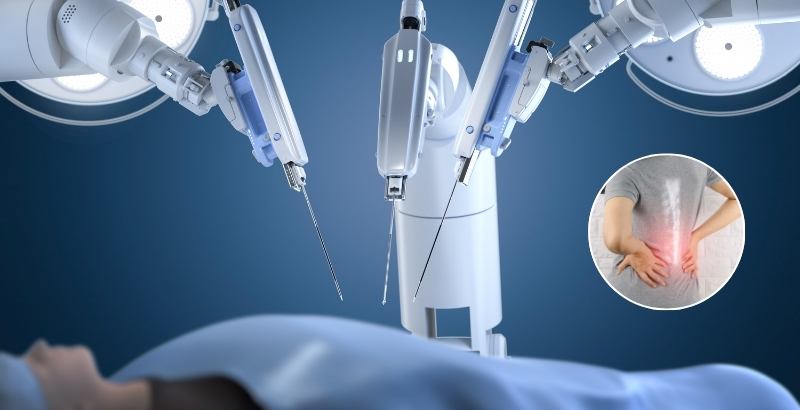The field of orthodontics is experiencing a transformative shift, as per Dr. Kami Hoss. Artificial intelligence (AI), virtual treatment simulations, and digital workflows are redefining traditional practices. These technologies offer precision, efficiency, and a patient-centric approach that was previously unattainable.
AI applications in orthodontics have grown rapidly. Machine learning algorithms can analyze complex dental data. They identify patterns and predict outcomes more accurately than conventional methods. This capability allows orthodontists to design personalized treatment plans with improved precision.
Virtual treatment simulations play a significant role in patient engagement. Through digital imaging and 3D modeling, patients can visualize proposed treatment outcomes. This visualization enhances understanding and sets realistic expectations. It also enables clinicians to adjust plans dynamically based on predicted tooth movement.
Digital workflows streamline the clinical process. Traditional methods often require multiple manual steps, which are time-consuming and prone to error. Digital tools automate key procedures such as scanning, treatment planning, and appliance fabrication. This results in faster treatment initiation and reduced chair time.
Key advantages of AI and digital dentistry include:
- Predictive Analytics for Treatment Planning
AI algorithms assess patient records and predict treatment responses. According to Dr. Kami Hoss, they consider variables such as age, bone density, and dental alignment. Predictive analytics reduces the risk of unforeseen complications and improves treatment efficiency. - Enhanced Precision with Digital Imaging
High-resolution intraoral scanners capture detailed dental anatomy. Combined with 3D modelling software, orthodontists can plan tooth movements with sub-millimetre accuracy. This precision improves clinical outcomes and minimizes discomfort. - Customized Appliance Fabrication
Digital workflows enable the creation of patient-specific appliances. Clear aligners, brackets, and retainers can be manufactured using CAD/CAM technology. Customization ensures optimal fit, reduces adjustment visits, and enhances overall treatment success. - Improved Patient Communication and Compliance
Virtual simulations allow patients to preview treatment results. This fosters informed decision-making and strengthens compliance. Patients are more likely to adhere to recommended protocols when they clearly understand the treatment process. - Efficient Clinical Documentation and Monitoring
Digital records facilitate continuous monitoring of treatment progress. AI can automatically detect deviations from the planned course. Early identification of discrepancies allows timely adjustments, ensuring consistent results.
The integration of AI and digital dentistry also impacts professional education. Orthodontic training programs increasingly incorporate digital tools and simulation software. Trainees develop skills in data-driven diagnosis, virtual planning, and appliance design. This prepares the next generation of practitioners for a highly technological clinical environment.
Despite its advantages, the adoption of AI and digital workflows faces challenges. High implementation costs and the need for specialized training can limit accessibility. Data privacy and cybersecurity are also critical concerns. Clinicians must ensure secure handling of sensitive patient information while leveraging advanced technologies.
Looking ahead, the potential of AI and digital dentistry continues to expand. Emerging tools may include real-time predictive adjustments, fully automated treatment simulations, and integration with other health data. Such innovations promise a future where orthodontic care is more precise, personalized, and patient-friendly than ever before.
The convergence of artificial intelligence, virtual simulations, and digital workflows marks a new era in orthodontics. According to Dr. Kami Hoss, these technologies enhance clinical accuracy, improve patient experiences, and optimize treatment efficiency. As digital dentistry matures, it will reshape the standards of care, setting a benchmark for innovation and excellence in the field.



